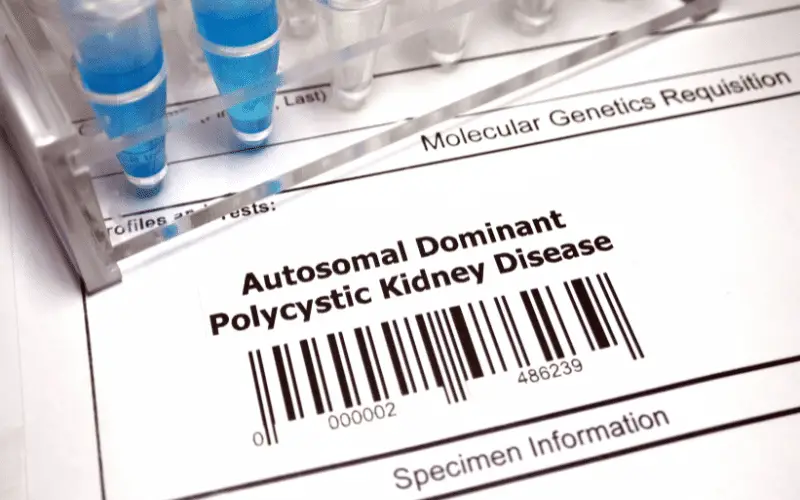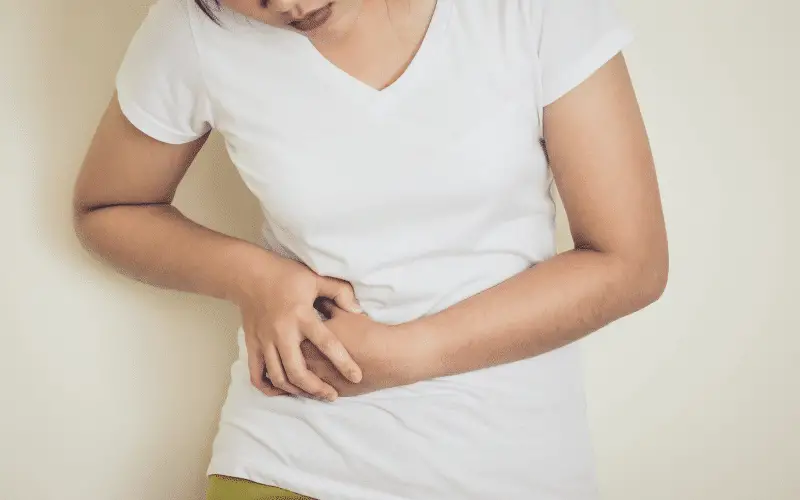Introduction: Understanding Polycystic Kidney Disease and Its Impact

Polycystic kidney disease (PKD) is a genetic disorder that affects millions of people worldwide. It is characterized by the development of numerous fluid-filled cysts in the kidneys, which can ultimately lead to kidney failure. This article aims to provide an in-depth analysis of 15 common symptoms associated with PKD, helping you better understand this complex and life-altering condition.
PKD is not only a concern for the individual affected but also has a significant impact on their families. The disease is usually inherited, which means that if one parent has the condition, there is a 50% chance that their child will inherit it as well. Understanding the symptoms and early warning signs of PKD is crucial for timely diagnosis and effective management of the condition.
The symptoms of PKD can vary greatly from person to person, and some individuals may not experience any symptoms at all. However, as the cysts in the kidneys grow and multiply, they can cause a range of problems that can significantly affect an individual’s quality of life.
Recognizing and addressing the symptoms of PKD is essential for proper disease management. By understanding the various signs and symptoms associated with the condition, individuals with PKD and their healthcare providers can work together to develop effective treatment plans tailored to their specific needs.
Symptom 1. Pain in the Back or Sides: A Common Indicator of Polycystic Kidney Disease

One of the earliest and most prevalent symptoms of Polycystic Kidney Disease is the discomfort and pain experienced in the back or sides. This is not the standard ache you feel after a long day of hard work. It’s a consistent, dull pain originating deep within the back, typically under the ribcage.
The onset of this pain correlates to the growth of the cysts. As they grow, they stretch the kidney’s outer surface, causing this characteristic ache. It’s not just the sheer physical expansion that causes the discomfort, but also the pressure the cysts exert on surrounding organs.
The pain varies between individuals. For some, it’s a persistent ache that’s always in the background, while for others, it may come and go intermittently. The intensity can also fluctuate, ranging from a mere discomfort to a severe pain that can hinder day-to-day activities.
Interestingly, the back or side pain associated with PKD has its peculiarities. It’s often more pronounced when the person has been in a standing position for an extended period, performing strenuous physical activity, or even during a bout of high blood pressure.
It’s also worth noting that an abrupt and severe increase in pain could indicate a complication, such as a burst cyst or a kidney stone. These scenarios necessitate immediate medical attention, emphasizing the importance of staying vigilant about changes in pain patterns when you’re living with PKD. (1)